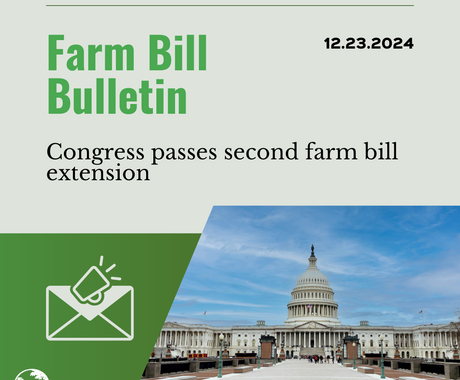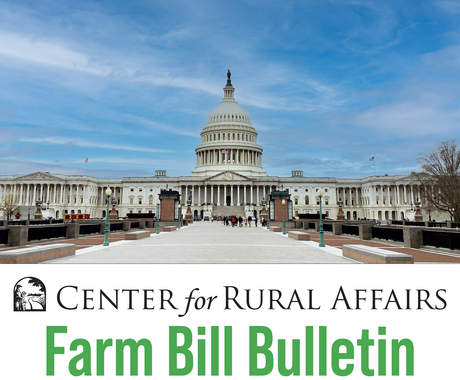As solar development continues to gain popularity for producing clean energy and reducing utility costs, staff members at organizations like The Bee and Butterfly Habitat Fund are hoping to further maximize those benefits through innovative use of land both under and around solar panels.
Pete Berthelsen, the fund’s executive director, has spent his career designing, establishing, and managing high-diversity habitats containing wildflowers species. His work has produced benefits for pollinators such as bees, butterflies, and birds, as well as improved soil health, water quality, and food sustainability, along with other environmental benefits.
“We will take an acre of pollinator habitat wherever we can get it,” Pete said. “Then we strive to make that acre the best it can be to produce the most benefits out of that piece of ground that we can.”
With careful planning and design, land under and around solar panels can be used for the co-location of solar with crops, grazing, beekeeping, pollinator habitat, and farm or dairy processing to maximize its use.
To make the connection between solar and pollinator habitat stronger, The Bee and Butterfly Habitat Fund, which has team members in Nebraska, South Dakota, California, Pennsylvania, and Missouri, launched the Solar Synergy initiative nationwide in March 2023.
The program has enrolled nearly 30,000 acres in less than a year. It aims to tackle the unique challenges and opportunities that exist with utility-scale solar by working with project developers and landowners to create pollinator-friendly habitats using two different seed mixtures that are established under the solar panels and then around the perimeter of the solar site.
Pollinator-friendly habitats are gaining popularity with solar developers. In Illinois, for example, Summit Ridge Energy is developing 26 community solar projects, a majority of which are designed to include pollinator-friendly habitats. Similar to other midwestern states, Illinois has seen a significant decrease in prairie and native grasslands, which has subsequently contributed to a loss of pollinator populations. Solar energy projects can provide needed habitat requirements for crucial pollinator species leading to enhanced local pollination services and higher crop yields, especially for pollinator-dependent crops.
The Solar Synergy Program also works with solar developers to document carbon sequestration gains on the solar site. The Bee and Butterfly Habitat Fund will test the soil and if gains are recorded, they could be monetized with carbon credits. Additionally, staff regularly monitors sites to document the changes in both pollinator habitat and populations and work to connect each site with a commercial beekeeper to increase U.S.-sourced honey production.
Pete said the Bee and Butterfly Habitat Fund can help establish pollinator habitat on sites larger than 2 acres that are on private, public, or corporate lands as well as providing support for smaller solar projects.
To learn more about the organization and the Solar Synergy Program, visit beeandbutterflyfund.org/solar.
Photo provided by Center for Pollinators in Energy




